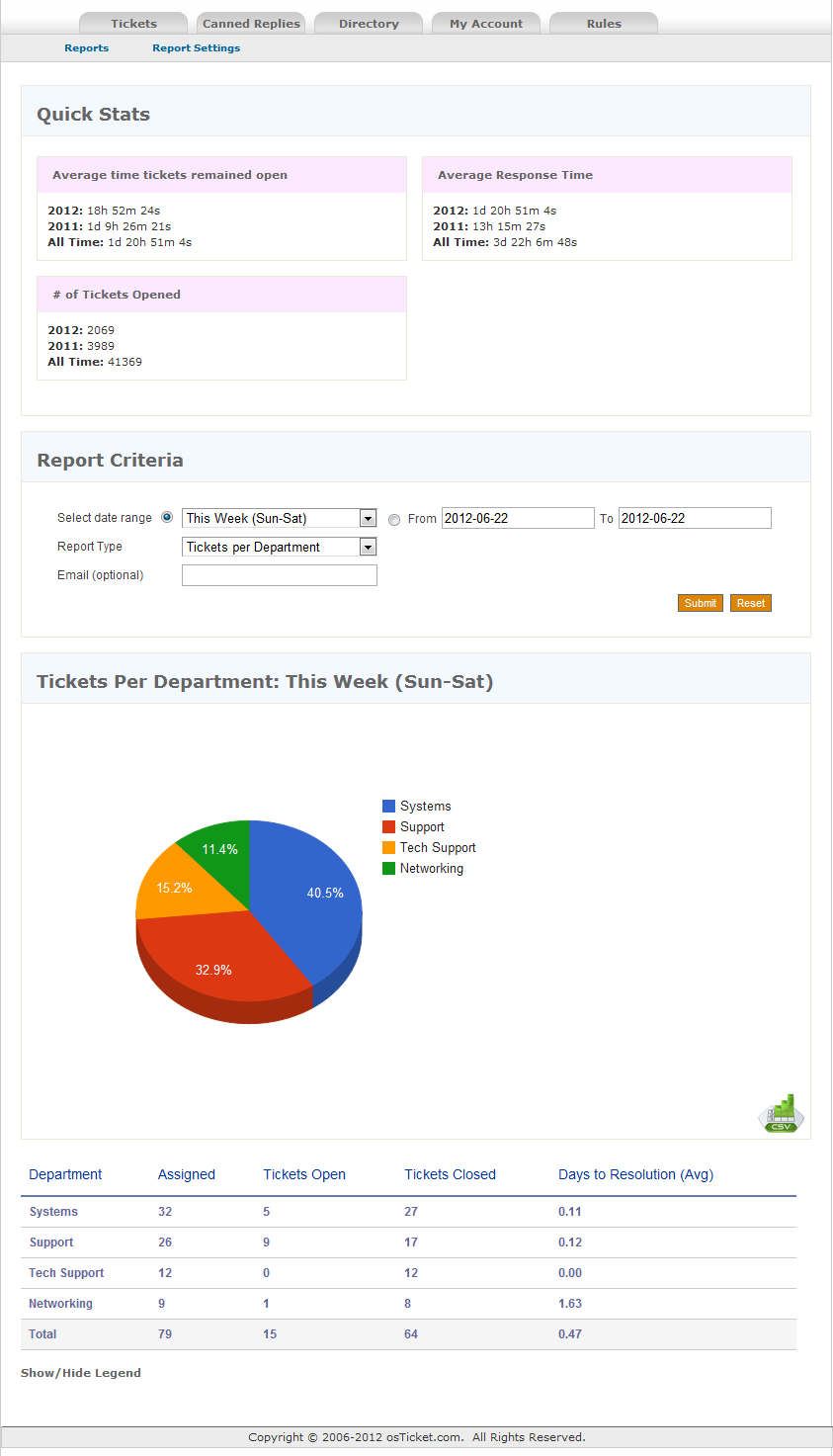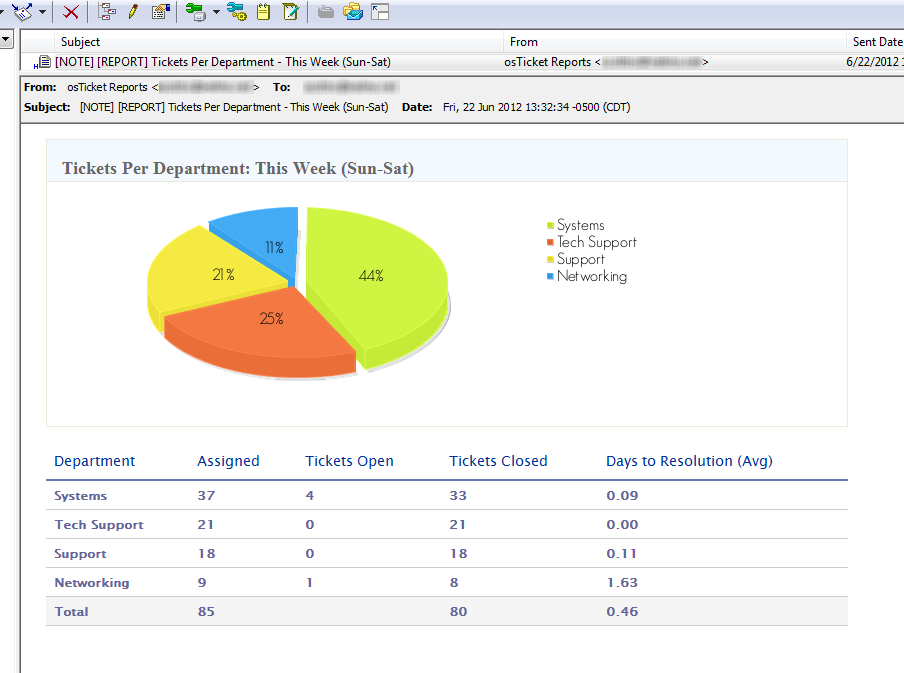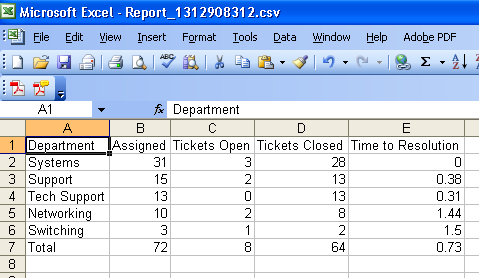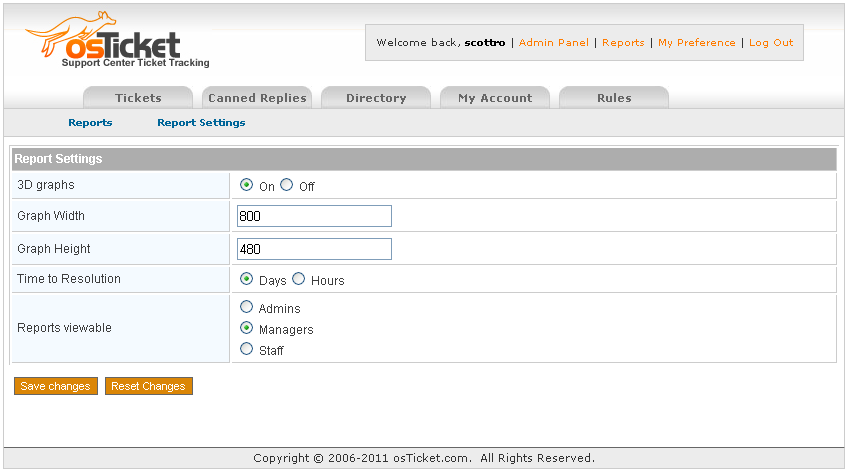Hey again all, for this post I’ll be covering how to populate a PHP/HTML table by way of looping through a table in mysql. I’ll be using the sample database provided by http://www.mysqltutorial.org/mysql-sample-database.aspx which has to do with models (cars, planes, ships, etc). Everyone has differing levels of knowledge so I’ll be including some basics as well such as connecting to the mysql database (and closing it later on).
The table we’ll be using in the database is ‘products’. It has the following columns:
productCode - A unique inventory number productName - Name of the product productLine - Basic descriptor, 'Motorcycles', 'Classic Cars', etc productScale - This models scale size productVendor - Company that built the model productDescription - Detailed description of product quantityInStock - Current number of quantity in stock buyPrice - Listed price on the "website" MSRP - Manufacturers Suggested Retail Price
If I know I’m going to be using my mysql database in multiple files I’ll always throw the connection in something like a ‘dbconnect.php’ file. Here’s an example:
<?php mysql_connect(DBHOST, DBUSER, DBPASS) or die(mysql_error()); mysql_select_db(DBNAME) or die(mysql_error()); ?>
Now you can include this in every file, or better yet in your header file which will get included everywhere else. So for example in your header.php file you could throw in:
<?php
require_once('dbconnect.php');
?>
Alright, so now you’ve got your connection to your database and the appropriate database selected. We’ll skip over the other content that you want to eventually add and say (for this example) that we want to list all of our models. We’ll look at doing this a few different ways, first off we’ll go simple and just request everything from the database and then we’ll tell php how to spit that all out to us.
READ MORE »




